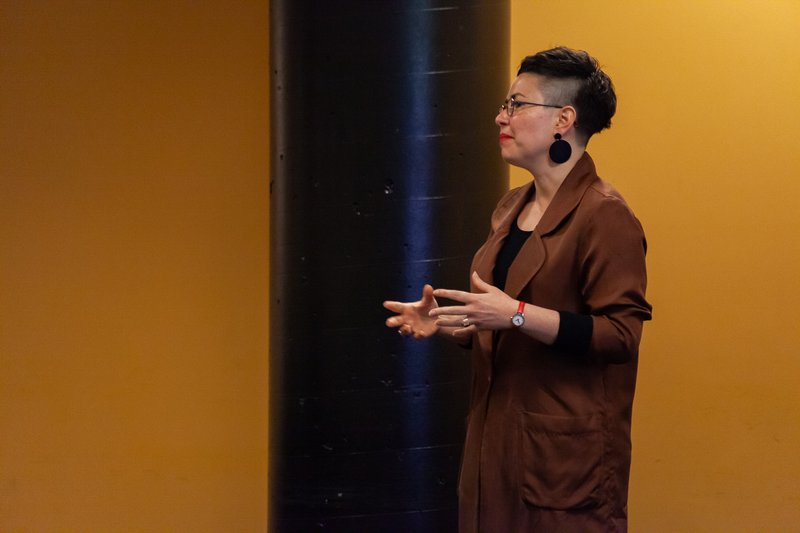Arts and culture priorities? Academic leadership in a policy vacuum
A nation’s cultural policy is its most confident document.
A nation’s cultural policy is its most confident document.

It empowers artists with the courage to make work that the entire nation welcomes. It outlines all of the means available to government to stimulate this work, without privileging any artforms or platforms that would prescribe the work. It legislates artists’ rights to fair pay, working conditions and intellectual property, as well as peer-led decision-making to protect arts and culture from politicisation. It offers regulatory and investment frameworks for arts bodies to collaborate and extend beyond. It situates the arts within an industry context that encourages both creative and entrepreneurial risk, with incentives for collectors and philanthropists. And it expresses a confidence in the expert generation of ideas that exceed government’s own remit. More than any other area of policy, it’s a statement of exactly what government is for.
It’s no surprise, then, that right now Australia lacks such a policy.
Confidence in expertise beyond their own is not the way anyone would characterise today’s political culture. Political interference in grant rounds already assessed by independent peer experts at both state and federal levels is the latest manifestation of this insecurity.
So in the absence of policy, how do governments at each level determine their strategic priorities in arts and culture?
Esther Anatolitis by Daniel Gardeazabal